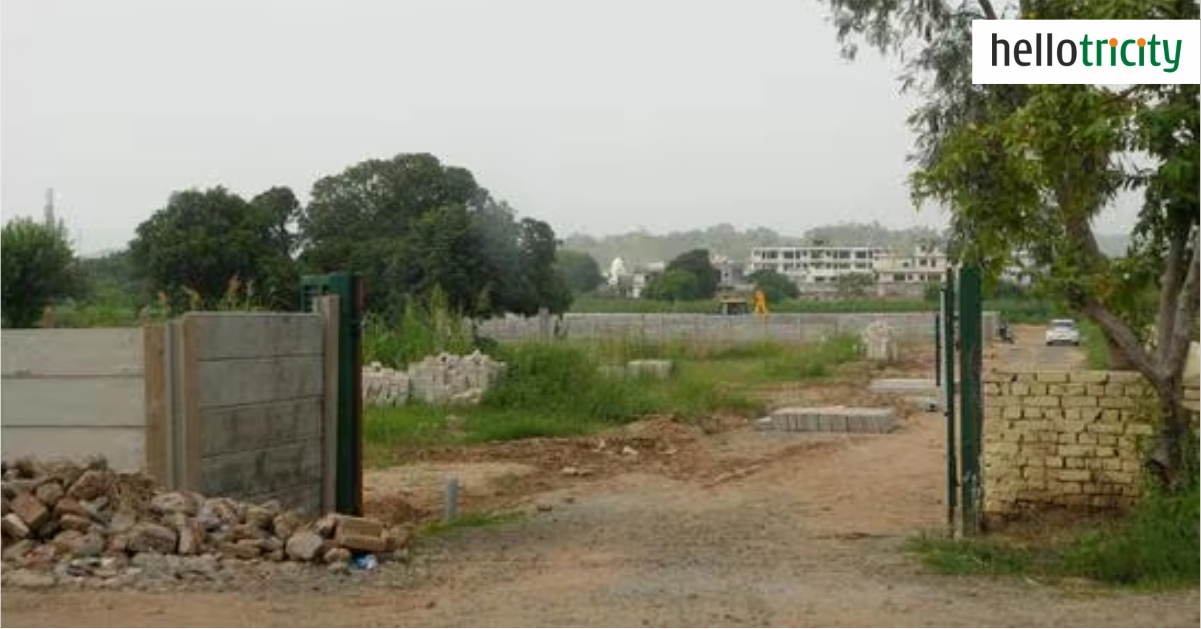Recently, the Ministry of Home Affairs (MHA) has made a decision not to regularize the illegal constructions outside the “lal dora” in 22 villages of Chandigarh. This was in response to a question raised by local MP Manish Tewari in Lok Sabha during the current parliamentary session.
Earlier, the MHA had also dismissed the UT Administration’s proposals to convert leasehold industrial and commercial plots to freehold and to approve need-based alterations in Chandigarh Housing Board properties, similar to Delhi’s regulations.
Tewari asked if the government planned to to regularise constructions outside the Lal Dora and what measures are being undertaken concerning the Master Plan of Chandigarh to meet the current and future requirements of people living in these 22 urban areas. In reply, Nityanand Rai, who is currently State Minister for Home Affairs, said that the development of Chandigarh is strictly governed by the Chandigarh Master Plan, which is valid until 2031.
Tewari further queried the significance of the Lal Dora idea for 22 hamlets that were added to the Municipal Corporation (MC) from 2015-to 2018. He drew attention to a specific issue regarding the Chandigarh Administration’s action on cutting off water connections beyond Dora, and asked what steps have been taken to guarantee the provision of essential services to those living in that area.
Minister Rai clarified that any development outside the red line is regulated under the Chandigarh Master Plan, 2031, and governed by The Capital of Punjab (Development & Regulation) Act, 1952, and The Punjab New Capital (Periphery) Control Act, 1952. He noted that construction outside the Lal Dora without prior approval is a violation of these acts. Additionally, the Chandigarh Water Supply Byelaws, 2011, restrict the MC to providing water connections only within the lal dora.
Tewari criticized the government’s stance, arguing it contradicts the BJP’s manifesto promises. Recently, the MC decided to remove illegal water connections in all 22 villages following allegations of unauthorized connections in Daria village. However, the proposal to provide temporary water connections to over 2,100 affected consumers is still pending with the UT Administration.
AAP leader Prem Garg has also been advocating for regular water connections outside the red line, stressing the importance of basic amenities like water and electricity, especially considering the country’s significant population growth since the pre-independence era.
Minister Cites the 1952 Act
Minister Rai reiterated that under the Punjab New Capital (Periphery) Control Act, 1952, no construction is allowed outside the Lal Dora without the Deputy Commissioner’s permission. The lal dora demarcates village habitation from agricultural land.




